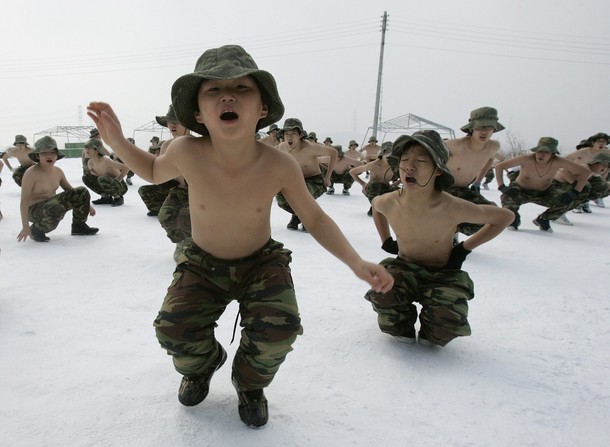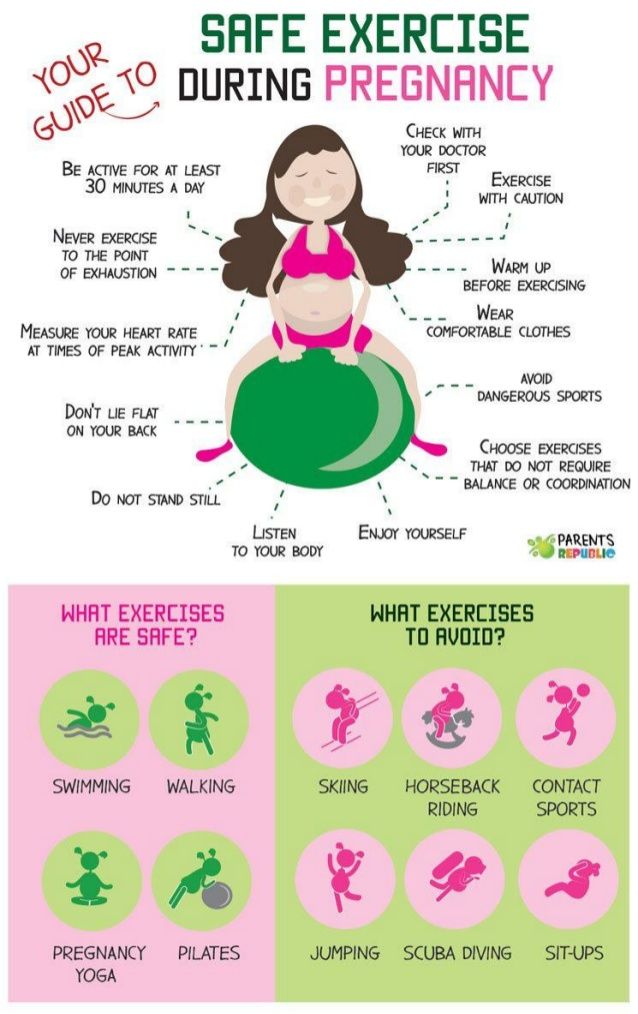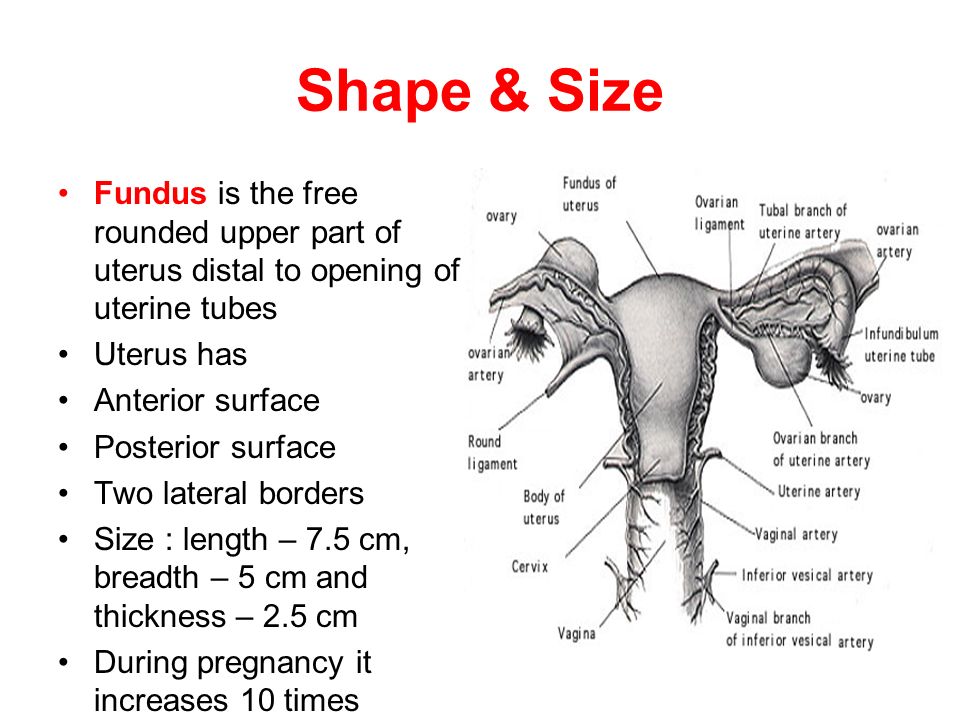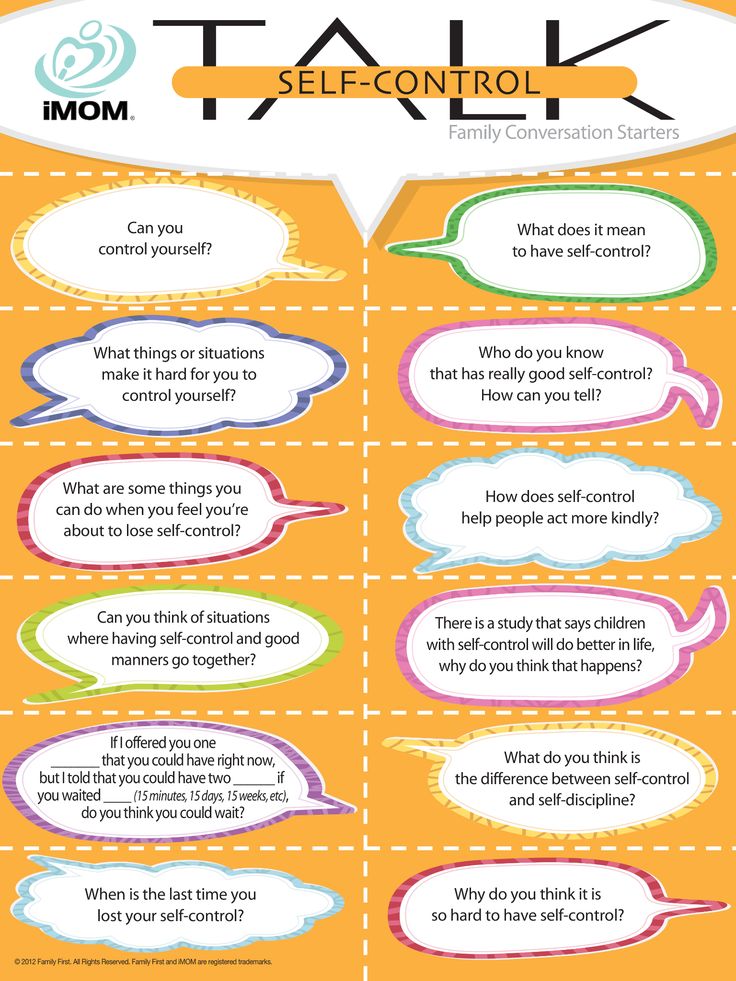How to make your child physically strong
Fitness and Your 6- to 12-Year-Old (for Parents)
Kids this age need physical activity to build strength, coordination, and confidence — and to lay the groundwork for a healthy lifestyle. They're also gaining more control over how active they are.
School-age kids should have many chances to do a variety of activities, sports, and games that fit their personality, ability, age, and interests. Brainstorm with your kids on activities that feel right. Most kids won't mind a daily dose of fitness as long as it's fun.
Physical activity guidelines for school-age kids recommend that they get 1 hour or more of moderate to strong physical activity daily.
In addition:
- Most of the physical activity should be aerobic, where kids use large muscles and continue for a period of time. Examples of aerobicactivity are running, swimming, and dancing.
- School-age kids usually have brief bouts of moderate to strong physical activity alternating with light activity or rest throughout the day.
Any moderate to strong activity counts toward the 60-minute goal.
- Muscle-strengthening and bone-strengthening physical activity should be included at least 3 days a week.
- Children naturally build strong muscles and bones when they run, jump, and play. Formal weight programs aren't needed, but are safe when properly designed and supervised.
Fitness at Home
Many parents and kids think of organized sports when they think of fitness. Though there are many advantages to signing a child up for a sports team, practice and games once or twice a week will not be enough to reach activity goals. Also, parents can no longer rely on physical education in schools to provide enough physical activity for kids.
Here are some ways to keep your kids moving at home:
- Make physical activity part of the daily routine. From household chores to an after-dinner walk, keep your family active every day.
- Allow enough time for free play. Kids can burn more calories and have more fun when left to their own devices.
 Playing tag, riding bikes around the neighborhood, and building snowmen are fun and healthy.
Playing tag, riding bikes around the neighborhood, and building snowmen are fun and healthy. - Keep a variety of games and sports equipment on hand. It doesn't have to be expensive — an assortment of balls, hula-hoops, and jump ropes can keep kids busy for hours.
- Be active together. It'll get you moving, and kids love to play with their parents.
- Limit time spent in sedentary activities, such as watching TV, using electronic devices, being online, and playing video games.
If you run out of possibilities at home, take advantage of local playgrounds and athletic fields. Make family fitness outings part of your regular routine. Let family members choose an activity — go hiking, ice skating, or try out the rock-climbing gym. Anything goes, as long as everyone can participate.
And remember: You'll help show your kids that exercise is important by regularly exercising yourself.
Fitness for Kids
Through physical activities, kids learn about sportsmanship, setting goals, meeting challenges, teamwork, and the value of practice.
Keep in mind your child's age and developmental level, natural abilities, and interests. Kids 6 to 8 years old are sharpening basic physical skills like jumping, throwing, kicking, and catching. Some enjoy doing this in organized sports teams, but non-competitive leagues are best for younger kids. Show your support by coaching your child's team or cheering from the stands on game days.
Kids 9 to 12 years old are refining, improving, and coordinating skills. Some become even more committed to a sport while others drop out as competition heats up and level of play improves.
It's OK if a child isn't interested in traditional sports, but it's important to find alternative ways to be active. Encourage a child who doesn't like soccer, basketball, or other team sports to explore other active options, like karate, fencing, golf, bicycling, skateboarding, and tennis.
Preventing Problems
Kids who participate in sports are at risk for injuries, so be sure yours wear the proper protective equipment, such as a helmet and protective pads when roller-blading.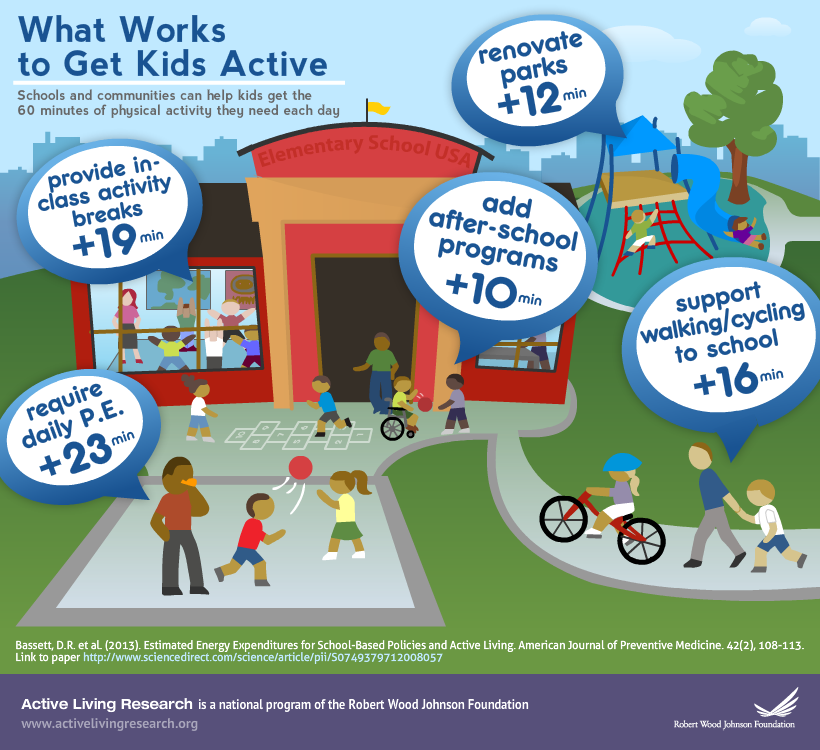 Kids who specialize in one sport are also at risk of overuse injuries, including stress fractures and joint injuries.
Kids who specialize in one sport are also at risk of overuse injuries, including stress fractures and joint injuries.
A child with a chronic health condition or disability should not be excluded from fitness activities. Some activities may need to be changed or adapted, and some may be too risky depending on the condition. Talk to your doctor about which activities are safe for your child.
Kids who enjoy sports and exercise tend to stay active throughout their lives. And staying fit can improve how kids do at school, build self-esteem, prevent obesity, and decrease the risk of serious illnesses such as high blood pressure, diabetes, and heart disease later in life.
If your child complains of pain during or after physical activity, talk with your doctor.
Reviewed by: Mary L. Gavin, MD
Date reviewed: June 2019
11 Ways to Encourage Your Child to Be Physically Active
Did you know that only about 1 in 4 children get the recommended 60 minutes of physical activity per day?
Participation in all types of physical activity drops dramatically as a child's age and grade in school increase. It's important that physical activity be a regular part of family life. Here is some information to help you keep your children healthy and active.
It's important that physical activity be a regular part of family life. Here is some information to help you keep your children healthy and active.
The benefits of physical activity
Being physically active means moving enough to breathe heavily, be short of breath, feel warm, and sweat. Exercise is vital to the health and well-being of children. Physical activity helps build and maintains healthy bones, muscles, and joints, for example. It can help keep a healthy body mass index and reduce the risk of diabetes, high blood pressure, and heart disease later in life. It can help children fall asleep quickly and sleep well.
Beyond benefits to the body, physical activity also boosts a child's mental and behavioral health. It increases a child's enthusiasm and optimism and boosts self-esteem, school performance, attention and behavior. It also reduces anxiety, tension and depression. It can also fosters teamwork and friendship when it's part of an organized sport.
11 ways to get started
Parents can play a key role in helping their child become more physically active.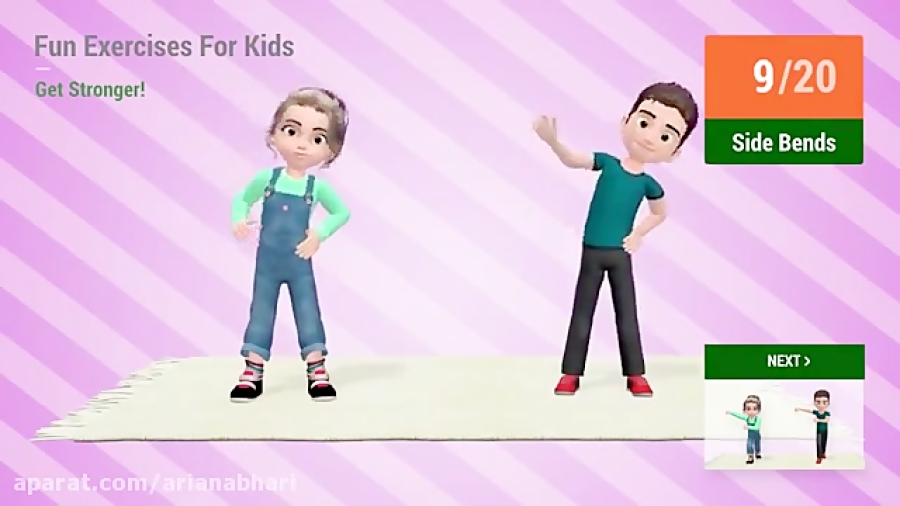 Some suggestions:
Some suggestions:
Talk with your child's doctor. Your child's doctor can help your child understand why physical activity is important. Your child's doctor can also help you and your child identify sports or activities that may be best for your child.
Emphasize fun. Help your child find a sport that she enjoys. The more she enjoys the activity, the more likely she will be to continue it. Get the entire family involved. It is a great way to spend time together.
Choose an activity that is developmentally appropriate. For example, a 7- or 8-year-old child is not ready for weight lifting or a 3-mile run, but soccer, bicycle riding, and swimming are all well great activities for kids this age.
Plan ahead. Make sure your child has a convenient time and place to exercise.
Provide a safe environment.
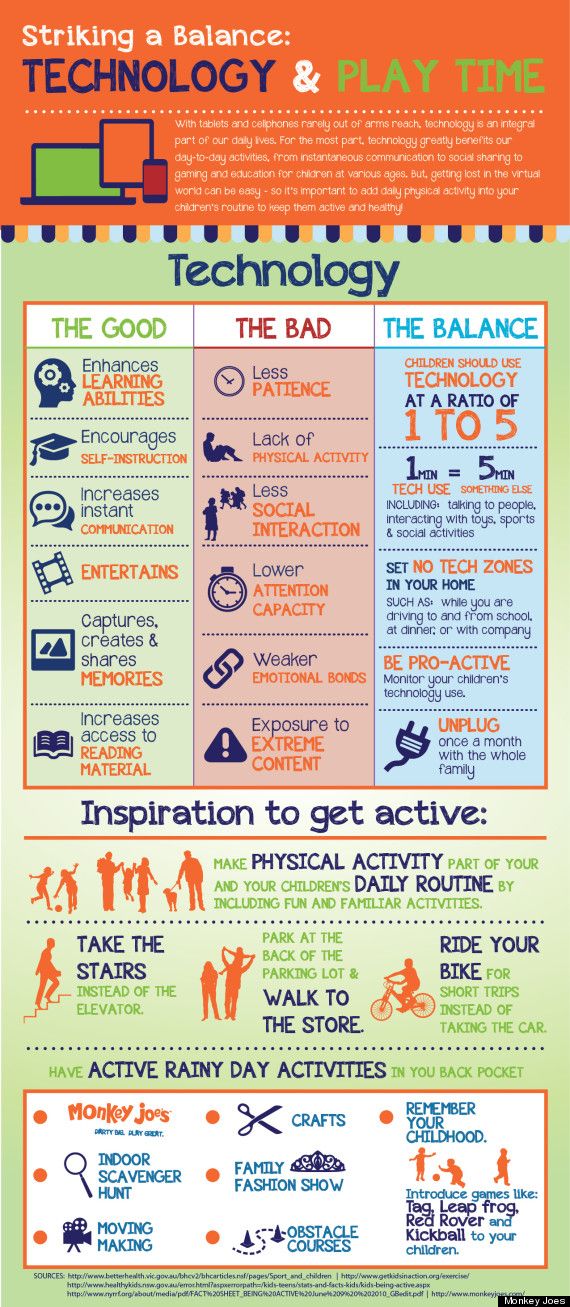 Make sure your child's equipment and where they practice or play is safe. Make sure your child's clothing is comfortable and appropriate for the activity.
Make sure your child's equipment and where they practice or play is safe. Make sure your child's clothing is comfortable and appropriate for the activity. Provide active toys. Young children especially need easy access to balls, jump ropes, and other active toys.
Be a role model. Children who regularly see their parents enjoying sports and physical activity are more likely to do so themselves.
Play with your children. Help them learn a new sport or another physical activity. Or just have fun together by going for a walk, hike, or bike ride.
Set limits. Limit screen time, including time spent on TV, videos, computers, and video games, each day. Use the free time for more physical activities.
Make time for exercise. Some children are so overscheduled with homework, music lessons, and other planned activities that they do not have time for exercise.

Do not overdo activity. Exercise and physical activity should not hurt. If it becomes painful, your child should slow down or try a less vigorous activity. As with any activity, it is important not to overdo it. If exercise starts to interfere with school or other activities, talk with your child's doctor.
Getting the entire family moving
Studies have found that lifestyles learned in childhood are much likelier to stay with a person into adulthood. If sports and physical activities are a family priority, they will provide children and parents with a strong foundation for a lifetime of health.
Remember
Exercise along with a balanced diet provides the foundation for a healthy, active life. One of the most important things parents can do is encourage healthy habits in their children early in life. It is not too late to start. Ask your child's doctor about tools for healthy living today.
More information
- Are Your Children Getting Enough Physical Activity?
- Making Physical Activity a Way of Life
- Energy Out: Daily Physical Activity Recommendations
- Energy In: Recommended Food & Drink Amounts for Children
- Body-Mass Index (BMI) in Children
- Increasing Physical Activity During Preschool Years
- Last Updated
- 12/30/2020
- Source
- Adapted from “Encourage Your Child to Be Physically Active” (American Academy of Pediatrics Copyright © 2020)
The information contained on this Web site should not be used as a substitute for the medical care and advice of your pediatrician.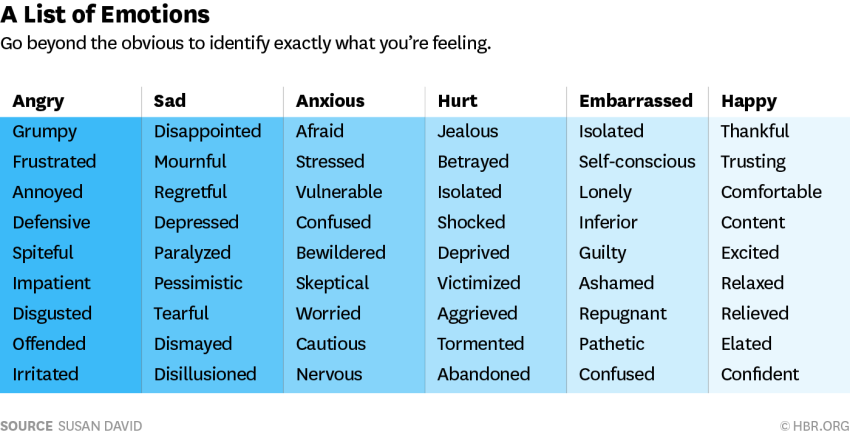 There may be variations in treatment that your pediatrician may recommend based on individual facts and circumstances.
There may be variations in treatment that your pediatrician may recommend based on individual facts and circumstances.
CrossFit for kids. How to make a child strong, flexible and hardy. BelPress
With feeling, with sense, with the arrangement
- Diana, explain in a nutshell what CrossFit is.
- CrossFit is a strength and endurance training program that consists of aerobic exercise, gymnastics and weightlifting. It also includes elements of plyometrics (a sports technique using the impact method. - Ed.) , powerlifting, kettlebell lifting, running and other disciplines.
— Why did you decide to work with children?
— I wanted to involve them in sports, a healthy lifestyle, and introduce them to CrossFit in general. And so that we have more healthy, strong children in Belgorod.
— What is the difference between classes in the club and school physical education lessons?
— We don’t have as many children in our groups as in school lessons, so there is an opportunity to pay attention to everyone.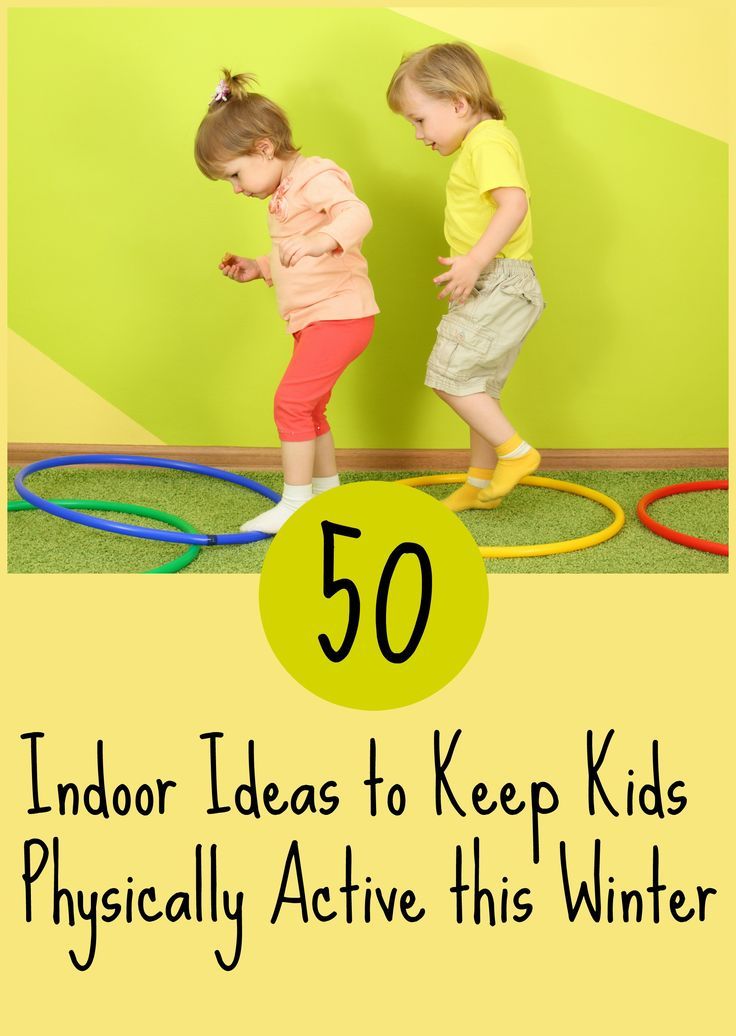 This requires an individual approach.
This requires an individual approach.
— What age of kids do you train?
— We recruit children in two groups: from 7 to 13 and from 13 to 16 years old. Please bring a certificate from the therapist that there is access to sports.
- Are the exercises in the children's group very different from the adult?
- In the children's group, we mainly work with our own weight, without using heavy weights. And in every workout there are games to make it interesting for the guys to keep themselves in good physical shape and train.
— What does a typical workout consist of?
— We have a lot of gymnastics, pull-ups, push-ups, sit-ups, various types of cyclical work - running, rowing, jumping rope. We learn to walk on our hands and somersault. I do not force children to work with a barbell. The maximum is a light weight. It's enough. At their age, it is especially important to develop dexterity and coordination.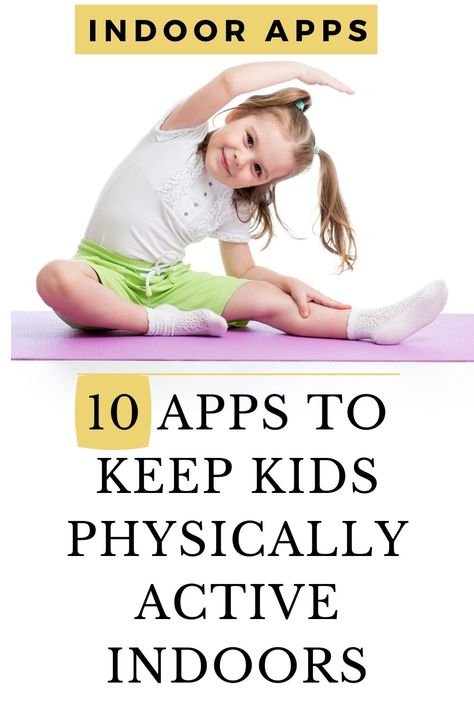
Diana Kuritsyna.
Photo by Marina Kudlaeva
Eyes are afraid - hands are doing
— Do the guys like to train?
- Those who come for the first time are probably a little scared. At first, they treat what is happening with a little apprehension, because they do not know what awaits them. But then they get used to it, and everything goes positively and well. At the next workouts, they are already doing it with pleasure.
— Do you run any club competitions or relay races?
- We once did a joint workout with our parents. The children watched how their parents train and what they can do, and the parents saw what success their children achieved. Kids urged adults to complete a set of exercises faster. It was great to watch this. These workouts are very close.
— Is it easier for children to start playing other sports after your lessons?
— Our goal is to help children fall in love with sports, whether it's CrossFit or something else.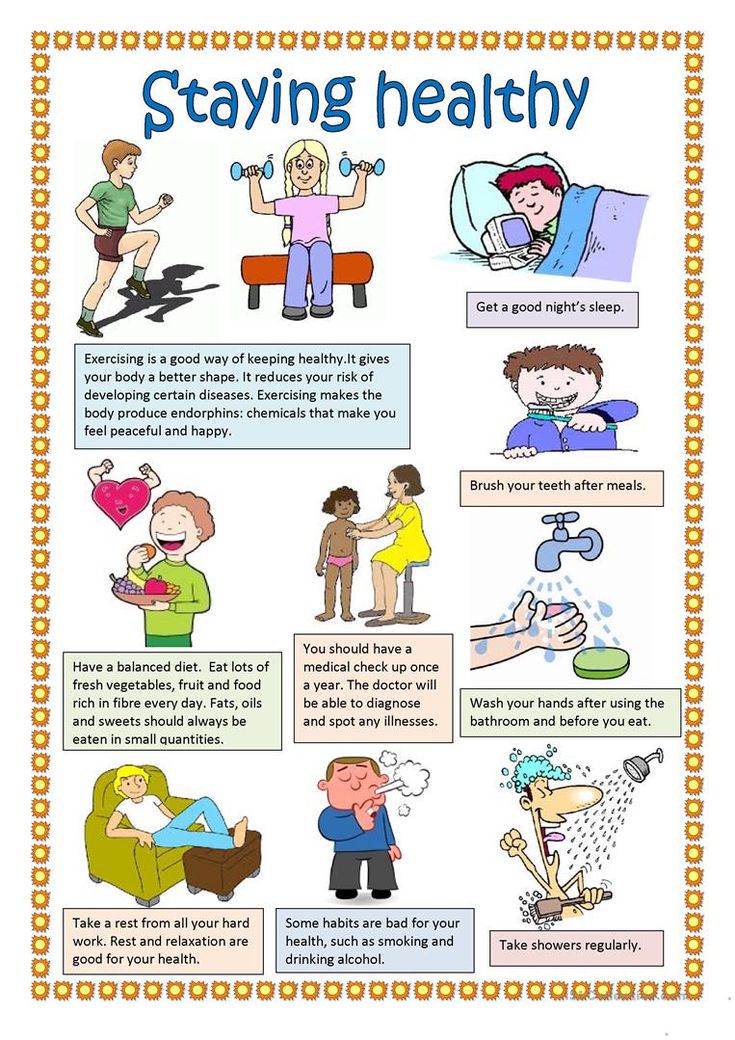 In principle, a child can choose any sport, because CrossFit strengthens the physical form in general.
In principle, a child can choose any sport, because CrossFit strengthens the physical form in general.
A good example is contagious
Young athletes warm up with Diana before training. Then they move on to the main part: jumps, pull-ups, planks, runs - everything is according to the program. Sometimes children play around, they have a lot of unspent energy, but the coach monitors discipline. During the stretch, there is silence in the hall. And at the end of the compulsory program, you can play catch-up. At first glance, everything looks childishly fun and carefree, but serious and methodical work is behind this.
— What do these classes give children?
— They become healthier, stronger, gain new skills. If they don’t know how to jump rope or pull themselves up, we’ll teach them. They are afraid to jump on an elevation - we will help to overcome fear. It's nice to see the progress of children when, for example, they take their first steps in a handstand, increase their records in pull-ups, push-ups.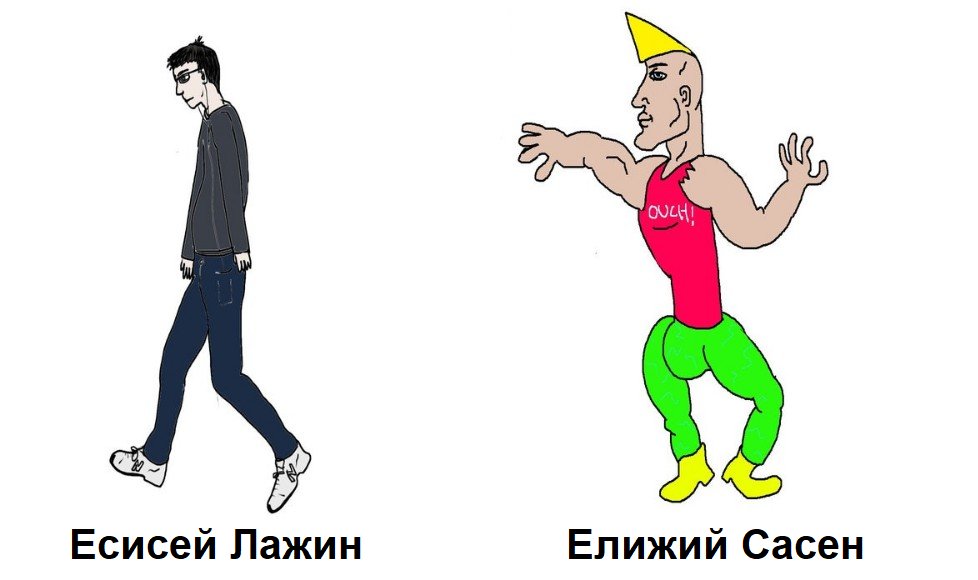
According to Diana, children's CrossFit is gaining popularity in Russia today. Many of the parents who brought their children here try to lead a healthy lifestyle, setting an example for their kids.
“I was really looking forward to this sport appearing in Belgorod,” admits Alexey Prikhodko, who brought his son Misha to the training. - As a doctor and an athlete, I understand that the versatility of CrossFit helps to reveal all the physical qualities of a person. In addition to the obvious health benefits, children are safe and comfortable here, which is also very important.”
Eight-year-old Misha, a little embarrassed, admits that he is interested in going to the gym:
“I have been doing sports for a long time, since I was five years old. I also went to taekwondo. I've been training here for a year and a half now. We stretch a lot, practice with balls, pull ourselves up. I like".
Coach Diana Kuritsyna:
“Many parents fear that their child, having come to the sport, will work hard, performing complex complexes and lifting a lot of weight.
This is mistake. I don’t overload my wards, I make up workouts for their age and abilities. It must be remembered that professional athletes work for results, participate in competitions, while amateurs work to keep fit and improve their health.”
"Strength" training for children - Healthy Russia
Babies do not need to lift heavy dumbbells - to become stronger, children need simple general strengthening exercises.
Strength training for children? Nothing surprising. Of course, kids don't have to lift heavy dumbbells and try to reach the arms of the machines. Simple exercises that allow you to use your own body weight and carefully follow safety precautions will make the child stronger and improve his metabolism. This will help to effectively control body weight and grow healthy.
Why do kids need strength training?
This type of training, along with developing endurance and agility, improves bone mineral density, regulates blood cholesterol levels, and helps maintain a healthy body weight.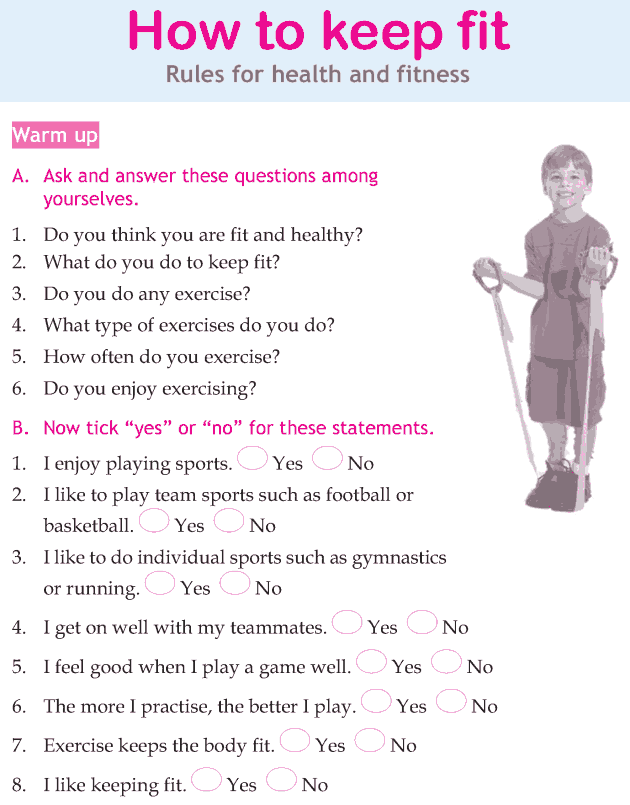 Is your child already in the sports section? Strength training will increase his performance and improve his results.
Is your child already in the sports section? Strength training will increase his performance and improve his results.
Teenagers and weight training equipment
Aleksey Korochkin, researcher at the Department of Physical Therapy and Sports Medicine of the Russian State Medical University, talks about how to start strength training for teenagers.
If safety precautions are observed during training, and the exercises themselves are built correctly, they will not cause any harm to the growing body.
How and when to practice?
Even toddlers as young as three to five years old can start strength training. This does not mean that they have to lift weights! Simple exercises that use your own body weight for loading are enough: push-ups, pull-ups, leg and body lifts. Aged six to nine years old children can start using a variety of sports equipment to increase the load: simple resistance bands, light dumbbells, various balls, gymnastic sticks, as well as any other light weight objects at hand.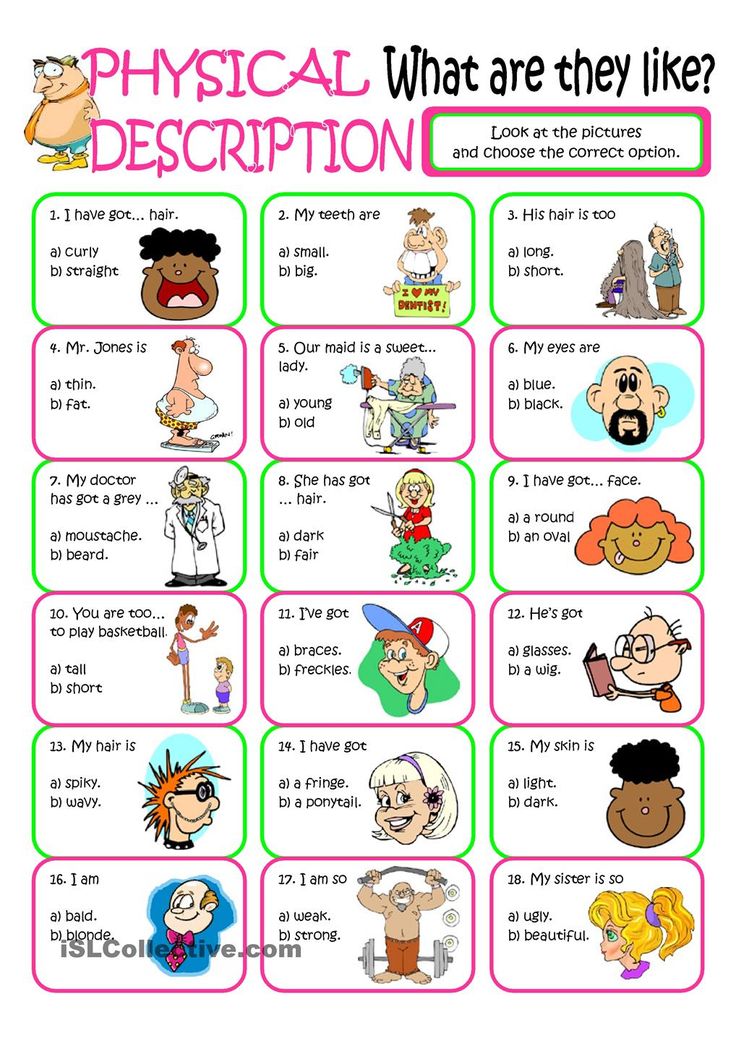
Safe Strength Training for Children
When exercising with a baby of any age, it is very important that all exercises are performed correctly and slowly . Make sure that the child understands well how to do the exercises, is physically able to perform them, and listens carefully to your instructions. Never do not leave your child unattended during class! Two or three strength training sessions a week are enough for the baby. Explain to him how important regular practice is . To do this, you can give an example of heroes from movies and cartoons, which are distinguished by strength and endurance. To make training more fun than , do it "like Leo Boniface", "like Batman" or any other character. Review your favorite films or cartoons with your child and choose exercises for a real hero. If the child goes to the sports section, be sure to coordinate with the trainer the introduction of power loads. In addition, ask him to give advice on safety, selection of exercises and training regimen.
In addition, ask him to give advice on safety, selection of exercises and training regimen.
Injury-free sport
Physically active children are often injured. However, a significant proportion of these injuries can be avoided. Find out how.
Sample lesson plan for a child aged six to nine
1. Five to ten minutes of warm-up: brisk walking, jogging in place, or jumping rope. 2. Exercises with a gymnastic stick or ball to train the main muscle groups: arms, shoulders, legs, abdomen, upper and lower back, chest. 3. Exercises to develop balance and improve range of motion. One exercise for the main articular groups: joints of the arms, legs, spine. 4. Exercises with resistance and using your own weight. One exercise each with 10-15 repetitions: push-ups from the floor, squats, pull-ups on the horizontal bar, lifting the legs and torso from a prone position. 5. Five to ten minutes of "hitch" and a few simple stretching exercises.

